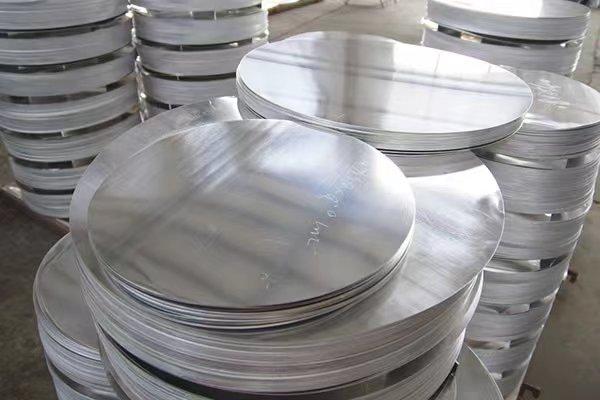How Aluminium Circle Sheet Contributes to Energy-Efficient Cookware

In the kitchenware industry, energy efficiency is becoming a central concern for both manufacturers and consumers. Cookware that reduces energy consumption not only lowers costs but also supports global sustainability goals. Aluminium circle sheets, widely used as the raw material for cookware bases and bodies, play a crucial role in making pots, pans, and utensils more energy-efficient.
Superior Heat Conductivity
One of the primary reasons aluminium circle sheets are used in cookware is their excellent thermal conductivity. Aluminium conducts heat up to 16 times better than stainless steel, ensuring rapid and uniform heating across the cooking surface. This minimizes hot spots, allowing food to cook evenly and reducing the amount of time and energy needed for meal preparation.
Faster Cooking, Less Energy Use
Because aluminium circle sheets heat quickly, cookware made from them reaches the desired cooking temperature much faster compared to other materials. This rapid response translates into reduced gas or electricity usage, contributing directly to energy savings. For busy households and professional kitchens alike, this efficiency makes aluminium cookware a practical choice.
Even Heat Distribution
Energy efficiency in cooking isn’t just about heating quickly—it’s also about maintaining consistent heat. Aluminium circle sheets distribute heat uniformly across the base of pans, which prevents energy loss due to uneven cooking. With better heat retention, less energy is wasted, and meals require less monitoring and stirring.
Compatibility with Other Materials
Many cookware manufacturers combine aluminium circle sheets with stainless steel or non-stick coatings. The aluminium core ensures excellent energy efficiency, while the added layers provide durability, scratch resistance, and easy cleaning. This multi-layer approach creates cookware that is both functional and energy-conscious.
Lightweight for Everyday Use
Another contribution to energy efficiency comes from aluminium’s lightweight nature. Lightweight cookware is easier to handle, reduces cooking fatigue, and often requires less heat to operate effectively. Unlike heavier materials, aluminium cookware doesn’t demand excessive preheating, which further cuts down on energy consumption.
Eco-Friendly Aspect
Aluminium circle sheets also align with eco-friendly manufacturing practices. Since aluminium is fully recyclable, cookware made from these sheets contributes to reducing waste and conserving natural resources. Moreover, because energy-efficient cookware helps households lower electricity or gas use, it indirectly supports global sustainability goals by reducing carbon emissions.
Applications in Cookware
Aluminium circle sheets are widely used in:
Frying pans, saucepans, and stockpots.
Pressure cookers and rice cookers.
Kettles, bakeware, and non-stick pans.
Multi-layer composite cookware with stainless steel or copper.
Conclusion
Aluminium circle sheets are at the heart of energy-efficient cookware production. Their superior heat conductivity, uniform heat distribution, and lightweight properties make them indispensable in modern kitchens. As consumers demand products that combine performance, cost savings, and sustainability, aluminium circle sheet-based cookware continues to gain popularity. By saving time, reducing energy use, and promoting eco-friendliness, aluminium circle sheets are shaping the future of cookware in an energy-conscious world.
- Art
- Causes
- Crafts
- Dance
- Drinks
- Film
- Fitness
- Food
- Spellen
- Gardening
- Health
- Home
- Literature
- Music
- Networking
- Other
- Party
- Religion
- Shopping
- Sports
- Theater
- Wellness


